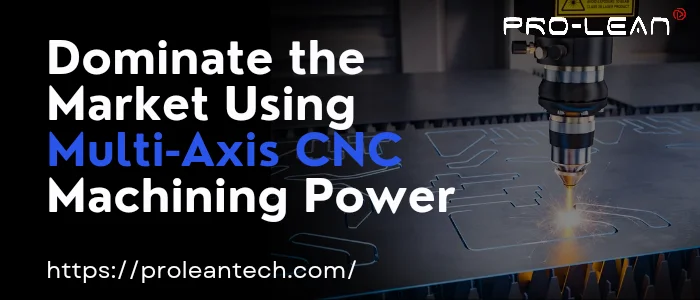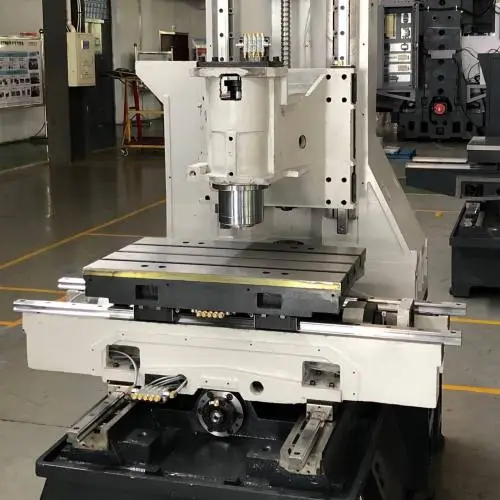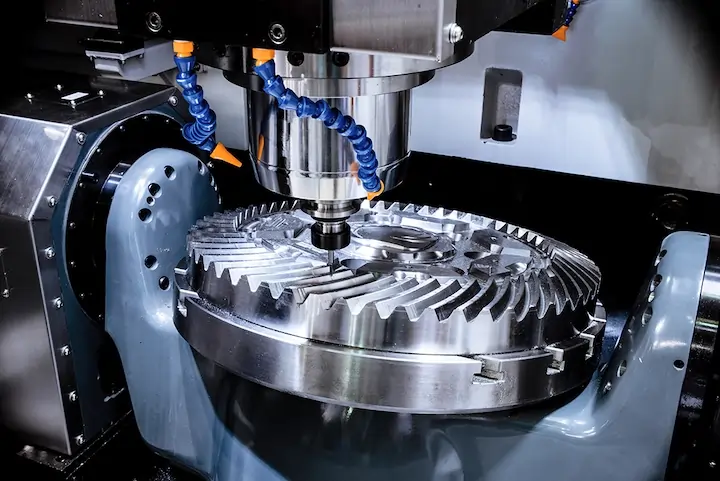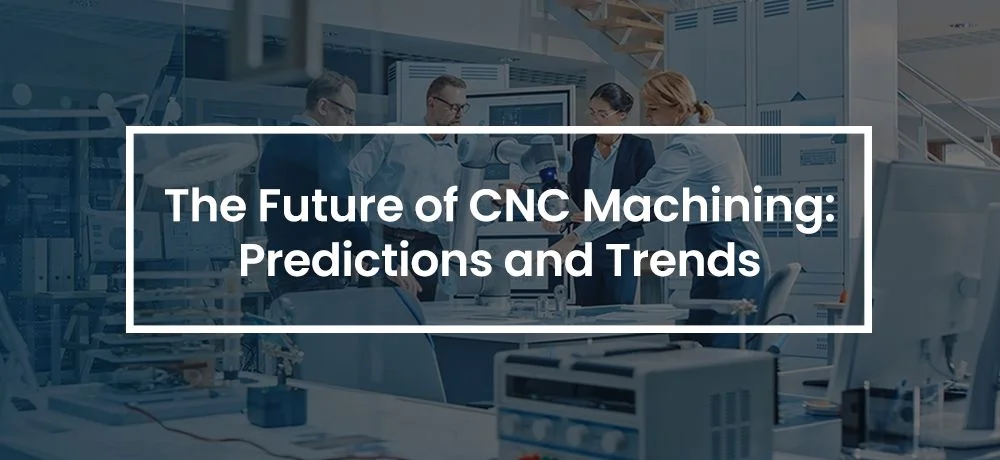
In 1952, Richard Kegg gave us the latest technology of Multi-Axis Machining, which depends on Computer Numerical Control (CNC) for its operations, which allows the tools to move in 4-axis directions up to 12-axis directions, unlike 2-axis or 3-axis machining that provides limited features and have only X, Y, & Z axis in the past.
This technology gives us efficiency, higher precision in measurements, and enhanced surface quality with nearly 100% accuracy. All these factors are ultimately crucial for any industry’s success

Visual comparison of 3 vs 4 vs 5 axis CNC machining
Why Multi-Axis Machining is Crucial for Your Industry Success

Benefits of multi-axis machining
One of the significant benefits that multi-axis machining gives you is that it is the most accurate in producing industry parts with the least time, and it also helps reduce manual work with more accurate results than manual work.
Here are some points that help you understand why the multi-axis machining process is crucial for your industry:
Automation & Speed:
If you are looking for tools that make your industry parts with almost 100% accuracy within one day or in minimum time then this technology is for you. It enables us to give you the parts of your industry within the least time with 100% efficiency, which was impossible in traditional 2-axis or 3-axis machining technologies.
Cost Effectiveness:
Multi-axis machining enables us to produce the parts for the industry within your budget. Before this technology, it was a challenge, but now it’s possible because it has made complex procedures easy to do in one go.
Complex Features & Shapes Made Easy:

CNC machine working visual
By using this technology now, it’s become much easier to design the intricate & complex 3D designs to be made out in one go. This technology enables the cutting tool to approach the desired parts of the material quickly and to enhance the precision & accuracy of the overall operation.
It helps us to eliminate the procedure of manual repositioning of the working part and to do the procedure more precisely without any manual work, which ultimately helps us to save idle time & to deliver your desired parts before the deadlines.
Adaptability for All Volumes:
Another significant advantage is the adaptability of all volumes. This means that moving from smaller complex structures for parts of your industry to more significant equipment you want is possible with the help of this technology.
Now, you don’t need to invest in specially tailored equipment for your industry or some particular reconfiguration.
Insurance of Surface Quality:
By using this technology, it’s now possible to ensure the quality of the surface of the material produced for your industry. As multi-axis machining can move as much as they want, this factor automatically reduces undesirable chances of vibration while the machine works.
This factor reduces or eliminates the chance of occurrence of any machining or tool marks on your industry parts up to a maximum, which will be beneficial for your industry’s smooth working flow, especially for those parts that demand the elimination of any rug or mark on them for their smooth flow like in fluid dynamics department.
Try Prolean Now!
What is the Difference b/w 3-axis, 4-axis, & 5-axis CNC Machining & Which One is Better for Your Industry Needs?

Types of CNC machining differences
The main difference between these 3 types occurs due to the complexity of the movement of the cutting tool and workpiece. The more complex the motion between both parts, the more complex the structure of the final machined part.
While discussing the CNC machining process, you must acquire deep knowledge about the process of 3-axis, 4-axis, & 5-axis CNC machining, at least & which is the most beneficial & crucial for your industry working flow and work efficiency success. CNC technology has evolved into touch screens and robots.
3-axis CNC Machining

3 multi-axis CNC machining setup
3-axis milling can move the cutting tool in 3 dimensions: X, Y, & Z. It is mainly used for 2D or 2.5D geometry models. The only drawback of this method is that it needs to be fixed in the angled geometrical system in XYZ coordinates most of the time, but it is possible with the help of some additional setup.
It is 100% possible to machine all six sides of the workpiece with the help of a 3-axis CNC machining setup. The movement of 3-axis machining can be described as:
X-Axis Movement: The movement of a cutting tool from left to right in a horizontal plane.
Y-Axis Movement: The movement of a cutting tool from up to down in a horizontal plane.
Z-Axis Movement: It is the movement of the cutting tool vertically.
4-axis CNC Machining

4 muti-axis CNC machining setup
4-axis machining has 3 dimensions cutting tools; the extra one is the A-axis. It allows the movement of cutting tools in the vertical dimensions that were not possible in the 3-axis or 2-axis machining technology & by this; it also proves to be an economically better option than 3-axis or 2-axis machining technology.
By doing this, we can identify the 3D industry parts necessary for your industry’s success. It also reduces human error while making your industry parts because the A-axis is responsible for repositioning the working piece.
4-axis machining has numerous applications in industries like aerospace, medicine, automotive & much more, where the industry needs angled cut equipment or parts.
5-axis CNC Machining

5 multi-axis CNC machine setup
By reducing setup time and work efficiency with superb results, 5-axis CNC machining introduces the 5th axis in CNC machining, called a tilting spindle or rotary head, to produce the 3D equipment with almost zero human error chances.
If we talk about the 5-axis of machining, then there are X, Y & Z axes, and there are 2 more axes, the A and & B axes. An axis is responsible for rotating along the X axis, and B is rotated along the Y axis.
Also Read: Here is a complete guide that gives you deep knowledge about the difference between 3-axis vs 5-axis CNC machining. Covering the complete advantages & disadvantages of both technologies with a complete guide that tells you which CNC machine will suit your needs.
Working Principle of all Axis Machining
The working principle of all CNC machining depends on the computer’s numerically controlled cutting tool, which is responsible for cutting the working piece into the desired shape. Also, the G-codes & M-codes are responsible for the movement of cutting tools in the CNC machining system.
However, the difference is created when the 4-axis or 5-axis CNC machining allows the cutting tools to move in planes other than the X, Y, & Z axis. This feature allows you to make the parts for your industry that require detailed cuts and angled geometry for smooth working in complex machinery parts.
Pro Tip: Now, if you are looking for a CNC machining manufacturer for your industry parts, Proleantech, with its big team of experts, can help you by giving rapid and low-cost custom CNC machining prototypes and industry parts.
We also provide free consultations to help you select the exemplary service for your industry and determine which type of CNC machining parts are crucial for your industry’s success. You can contact us today!
CNC Machining vs Traditional/Conventional Machining: Which One Will Better Works For You

Conventional vs CNC machining comparison
The CNC machining made out the prototypes and industry parts by incorporating all the traditional machining technology. Still, it aided with the computer commands/controls to complete the process and to make out the piece with complex geometric angles and sharp cut shapes with almost 0% human error possibilities & to make finer pieces in the end that were not possible in the traditional machining.
In traditional machining hum, an activity is involved in all processes, and many errors are also possible in the final product prototype resulting from this process. This involves the usage of the drills presses, mills, lathes, grinders & more materials.
When the operator starts working to make the product, he chooses the desired material required to make the final product. All processes are manually controlled and with the error chances.
Pro Tip: We recommend you go with CNC machining because it will save you time by ensuring that there are no human errors & by ensuring the product quality with very complex geometric angles without giving any rug or mark on your working piece that was impossible in traditional machining.
Application Of CNC Machining Processes For Different Industries

CNC Machining Applications
1: Aerospace & Aviation Industry
2: Automotive Industry
3: Medical Industry
4: Marine Industry
5: Jewelry Industry
6: Furniture Industry
7: Defense Industry
8: Tool & Die Making Industry
9: Construction Industry
10: Oil & Gas Industry
ProleanTech a Best Choice for CNC Manufactured Parts:
These all are those Industries mentioned above which are dealing with and providing CNC machining services & much more. You can rely on us as we have a rapid delivery service with the possibility of making your industry parts within one day & delivery across 30+ countries globally & also have ISO 9001:2015 certification.
Try Prolean Now!
Future Trends Predicted By Our Experts For Multi-Axis CNC Machining:

Future Trends of CNC Multi-Axis Machining
Previously, companies dealt with traditional machining with manual work, but now, companies have shifted to the automation process of making industry parts. And this trend will shift from this stage to advance.
In the near future, micromachining will shift to making industry parts in the micro sector. It will narrow to the semiconductor-based industry, and in IT and electronics, it will narrow to the lowest possible sizes.
Automation will be increased in the processes for all industries as this technology will convert to complete automation, including giving commands to it. Robotics will be included in all processes, ultimately decreasing the operating time and making processes 100% error-free.
FAQ’s:
What are the benefits of 5-axis machining?
5-axis machining will give you more precision and accuracy than any other type of multi-axis machining. It’s possible to produce finer product surfaces with more complex geometric angles in fewer steps & minimum production time as compared to 4-axis or 3-axis machining.
Why are Multi-Axis Machines considered as an ideal for those industries that require high precision?
Now, this technology is crucial for any industry’s success. It helps us automate the process and ensure the ultimate product has nearly 100% accuracy with almost 0% human errors, and complex geometrical angles and cuts are easily possible in less time.
What is the difference between CNC and VMC axis?
The CNC axis is the axis controlled by the computer numerically controlled system like in multi-axis machining, and the VMC axis is the axis present in the vertical machining center.
A type of CNC machining with a spindle vertically fit that allows the z-axis movement up & down, perfect for milling operations with a downward cutting.




0 Comments